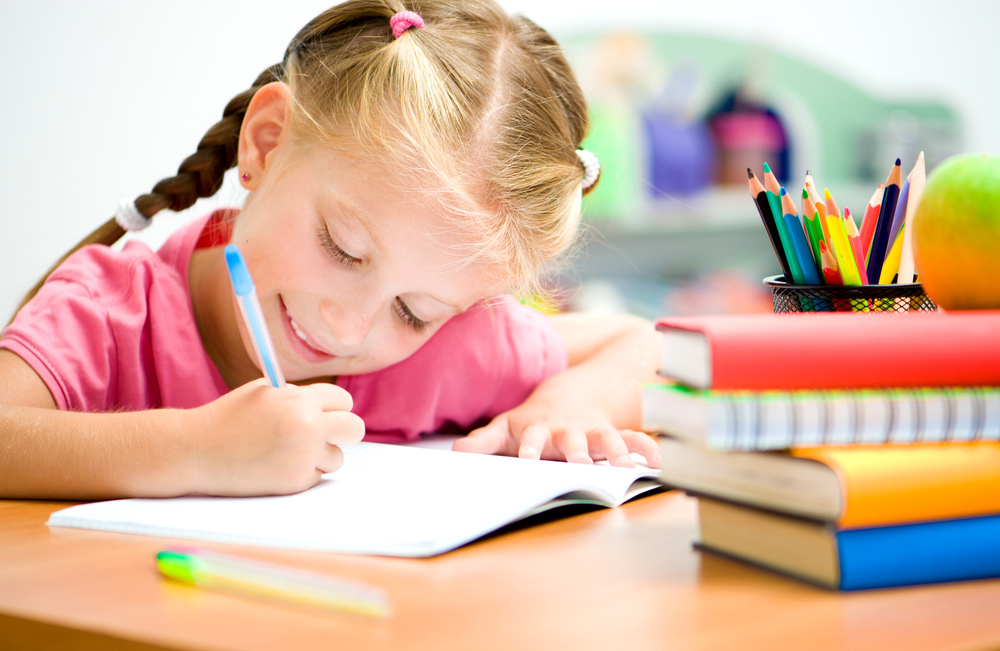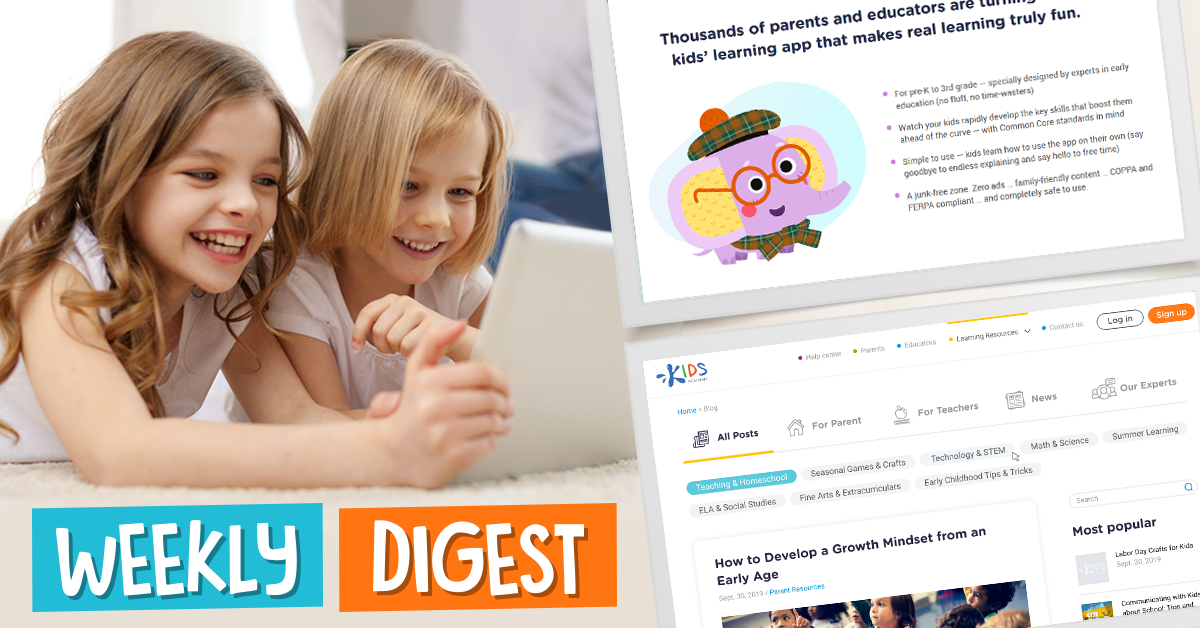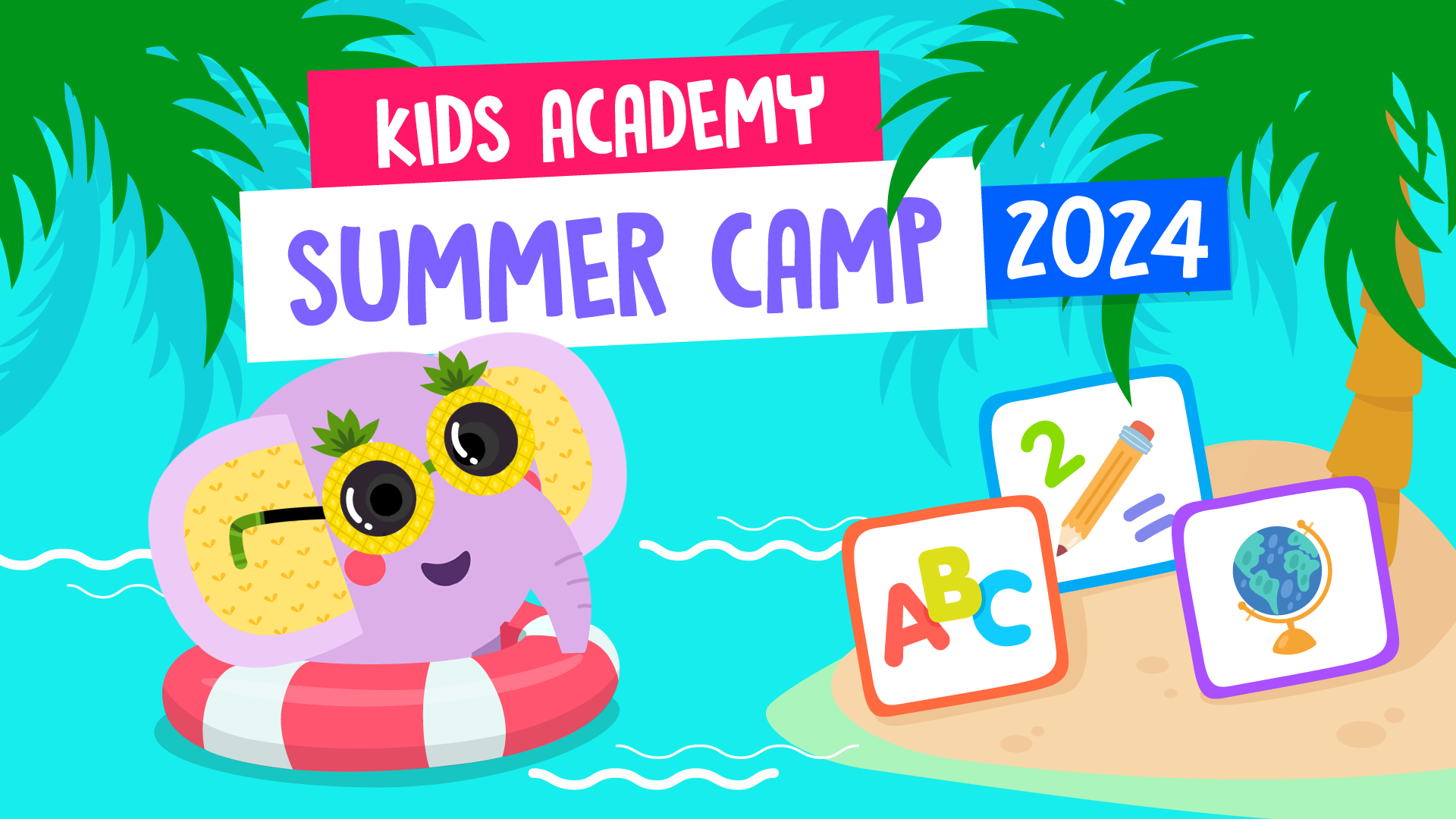Visual learning stimulation Normal Worksheets for Ages 6-8
3 filtered results
-
From - To
Enhance your child's education with our Visual Learning Stimulation Normal Worksheets designed for ages 6-8. These engaging, expertly-crafted printables are perfect for developing critical visual learning skills essential for academic success. Each worksheet combines fun activities with educational content to promote cognitive growth, focus, and improved visual perception. Ideal for use at home or in the classroom, our worksheets cater to various learning styles, keeping children motivated and excited about their educational journey. Support your child's development with resources that make learning an enjoyable experience. Visit our web page and discover the benefits of our visual learning stimulation worksheets today!
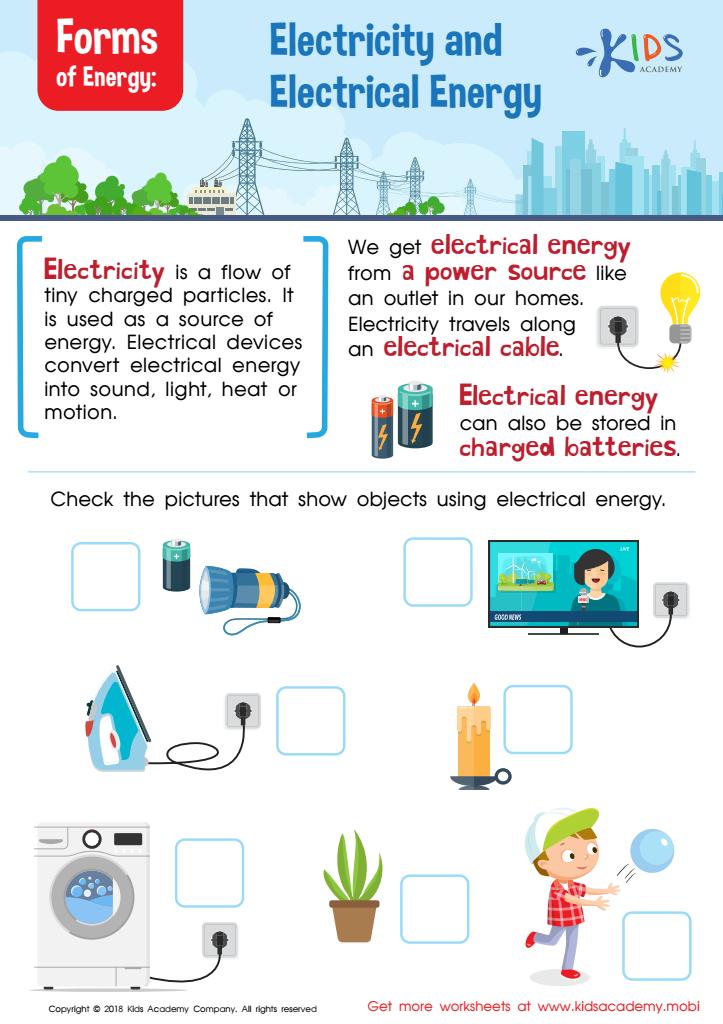

Forms of Energy Worksheet
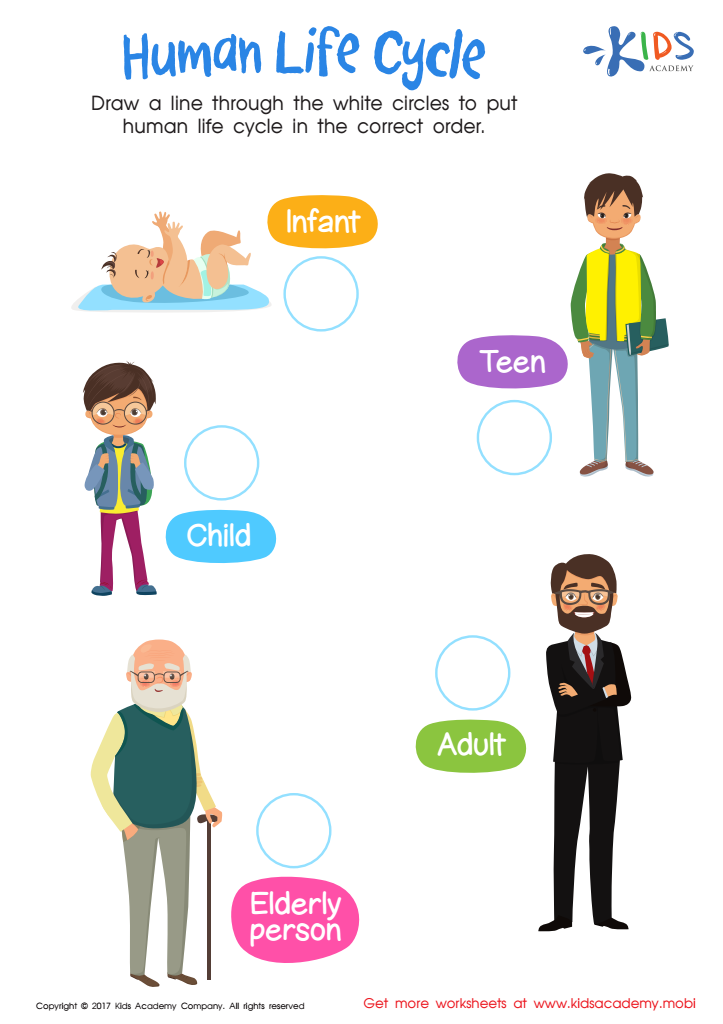

Human Life Cycle Worksheet
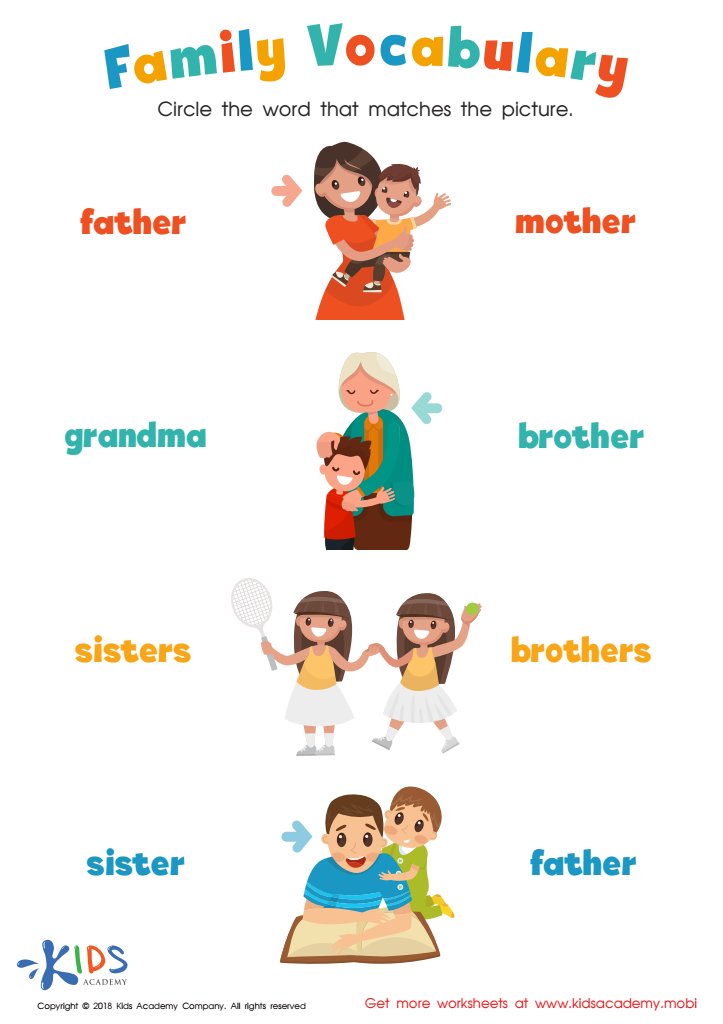

Family Vocabulary Worksheet
Parents and teachers should care about visual learning stimulation for children ages 6-8 because this stage of development is crucial for cognitive and sensory growth. Young children are naturally visual learners, absorbing information rapidly through images, colors, shapes, and spatial arrangements. Incorporating visual stimuli into their learning environments can significantly improve their comprehension, retention, and engagement.
For example, colorful charts, picture books, and educational videos make abstract concepts more tangible for young minds. Visual aids can also help break down complex information into manageable chunks, which is essential for developing foundational skills in reading, math, and science. This form of stimulation also nurtures creativity and critical thinking, as children learn to interpret and make connections between visual elements and real-world concepts.
Furthermore, visual learning caters to diverse learning styles and needs, including those of children with different educational backgrounds and abilities. It encourages inclusivity and can make learning more accessible for kids who might struggle with traditional text-based instruction. Ensuring that visual stimuli are a regular part of the learning process can build a strong educational foundation, fostering curiosity, confidence, and a lifelong love of learning in young children.
Incorporating visual learning techniques is not just an enrichment activity; it's a key educational strategy for early development, addressing both the learning challenges and potentials of children in this critical age group.

 Assign to My Students
Assign to My Students



